A sex offender is a person convicted of a sexual offense, such as rape, sexual assault, or lewdness. Our society treats sex offenders as criminals. We try them in court, and if convicted, sex offenders serve prison time. Once released, they are required to register with the authorities as a sex offender. Megan’s Law, passed in 1996, requires each state to have a way of notifying the public so most states maintain registries, easily available online. It’s easy to find out where sex offenders live, what they look like, and what sex crime they committed. We do this because sex offenders present a threat to children and we want parents to be aware of any threats to their child.
However, there is a group of people you won’t find listed in registries of sex offenders — the buyers (generally men) of sex with prostituted children. These “johns” are rarely listed in sex offender registries because they are rarely arrested or charged when caught having sex with a prostituted child and, if arrested for soliciting prostitution, law enforcement do not identify the victim as a minor.
Sex offenders face hefty fines and/or prison time, but buyers of prostituted children are rarely charged. The few that are arrested often escape punishment; the few who are arrested get off with misdemeanors, light fines and suspended sentences. A large majority of the men arrested in a sting operation in Chesterfield, Virgina last year were given $100 fines and 30-day suspended jail sentences. Some states also allow charges to be dropped if first-time offenders attend “johns’ school”, where law enforcement officials and prostituted women seek to “educate” them as way to change their behavior. “Johns’ schools” are never appropriate for the buyer of sex with a child – this is child rape and should be prosecuted as a serious felony.
Even more disturbing – law enforcement are more likely to arrest a minor on prostitution charges and let the buyer go free. One situation highlighted in the National Report on Domestic Minor Sex Trafficking is particularly revealing. Police in Las Vegas approached a parked truck after observing it pick up a girl. The police report reflects that the 50-year-old man was observed with $45 in cash hanging from his pocket and lotion on his hands. The 12-year-old girl stated that he was paying her for a sex act. The police arrested the girl for prostitution and sent the man on his way.
We have full databases of names, faces and addresses for sexual predators in our neighborhoods, but we turn a blind eye to the people who walk among us who are paying to have sex with children. Why the difference?
As a society, we’ve placed a priority on protecting children from sex offenders and predators in our neighborhoods. Yet we haven’t placed the same priority on protecting or helping prostituted children who are being coerced, recruited and forced into the sex trade. We need to start arresting the buyer and treating him as a sex offender and start rescuing the prostituted child and treating her as the victim. Without proper law enforcement, demand for prostituted children will continue to exist.
Protecting our children is a high priority for every state – adding the names of those who buy sex from a child is an important step in protecting all children from exploitation.






